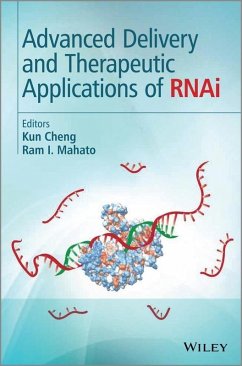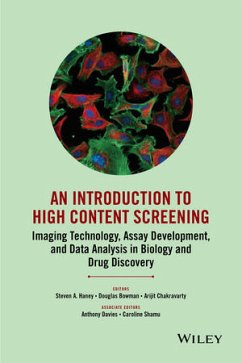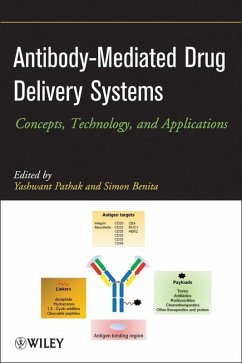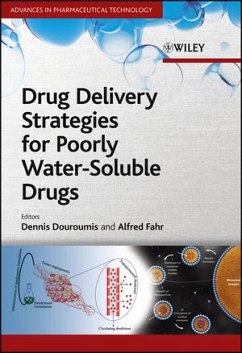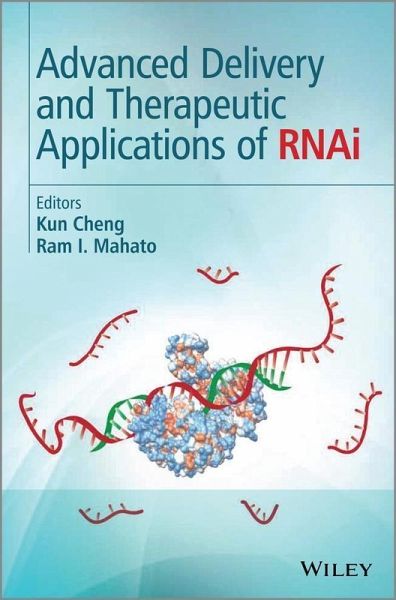
Advanced Delivery and Therapeutic Applications of RNAi (eBook, ePUB)
Versandkostenfrei!
Sofort per Download lieferbar
147,99 €
inkl. MwSt.
Weitere Ausgaben:

PAYBACK Punkte
0 °P sammeln!
Commonly used by researchers to develop technologies for modifying and studying genetic process, RNA interference (RNAi) has many potential uses in medicine, biotechnology, and functional genomics. This book covers all essential aspects involved in the development of RNAi therapeutics, providing detailed guidance on the challenges and opportunities of bringing RNAi technologies from bench to clinic. It explores the design and mechanism of RNAi molecules, delivery strategies, and therapeutic applications in various diseases. Preclinical, regulatory, market, and intellectual aspects of RNAi tech...
Commonly used by researchers to develop technologies for modifying and studying genetic process, RNA interference (RNAi) has many potential uses in medicine, biotechnology, and functional genomics. This book covers all essential aspects involved in the development of RNAi therapeutics, providing detailed guidance on the challenges and opportunities of bringing RNAi technologies from bench to clinic. It explores the design and mechanism of RNAi molecules, delivery strategies, and therapeutic applications in various diseases. Preclinical, regulatory, market, and intellectual aspects of RNAi technologies are also covered.
Dieser Download kann aus rechtlichen Gründen nur mit Rechnungsadresse in D ausgeliefert werden.



